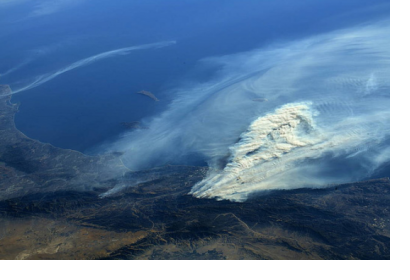A new review paper presents historical background and current developments for mapping burned area from satellite Earth observation.
The authors explore the physical basis to detect burned area from satellite observations, describes the historical trends of using satellite sensors to monitor burned areas, summarizes the most recent approaches to map burned areas and evaluates the existing burned area products, both at global and regional scales.
Different sensors used for burning radar mapping are also presented, including Radar and Lidar. Finally, it identifies potential future opportunities to further improve burned area detection from Earth observation satellites.
Historically, government agencies collected burned area (BA) information from ground estimates based on field reports from fire management teams.
With the launch of the first Earth observation satellites, remote sensing quickly became a more practical alternative to detect burned areas, as they provide timely regional and global coverage of fire occurrence. Satellite imagery has been used for burned area detection as a sound alternative for compiling reliable information on fire-affected areas since the beginning of satellite observation.
Accurate and up to date information on areas affected by fire is critical to better understand drivers of fire activity, as well as its relevance for biogeochemical cycles, climate, air quality and to aid fire management.
The paper aims to evaluate the historical developments of satellite-based studies on burned area estimation, the different sensors and methods that have been used, and the strengths and limitations of current available products, with particular emphasis on global datasets.
The paper was published in the May issue of the journal “Remote Sensing of Environment”.

